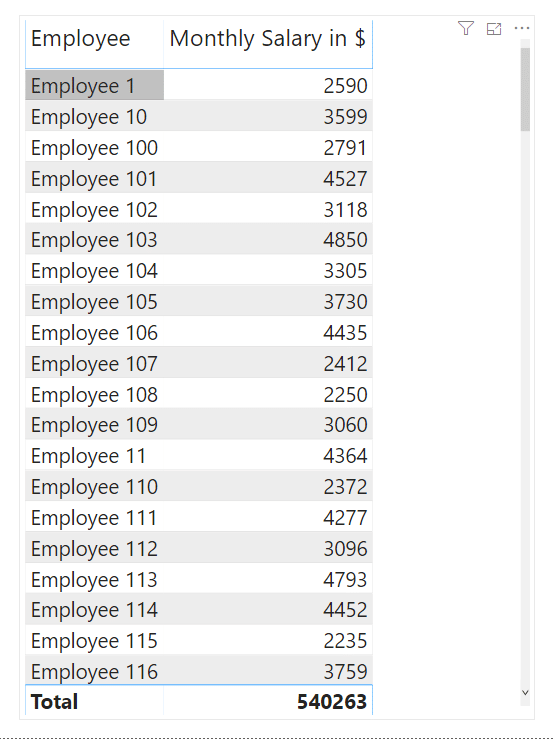

- Steps to making a histogram first make a table how to#
- Steps to making a histogram first make a table pdf#
To create a line graph, make sure to select “ Line chart” from the “ Chart type” dropdown after you have inserted a chart. This is because trendlines are more straightforward, allowing you to see change over time far more easily. A line chart is usually better than a bar chart or column chart when showing data over time. This can help you understand your sales trend, see whether the number of support tickets is growing linearly or exponentially, and so on.

Line graphs are best if you’re going to show trends over time and reveal the overall direction of the data via trendlines.
Steps to making a histogram first make a table how to#
How to make a line graph in Google Sheets As of this writing, there are 17 chart types available in Google Sheets, and each type also has its own variation. 🙂 Different types of charts in Google Sheets and how to create themīasically, to create a chart, follow the three basic steps described above, and you’ll be fine. Not to be confused, bear in mind that Google Sheets treats all graphs as charts. Here is how we suggest you differentiate between graphs and charts: Graphs Most people use them as synonyms to refer to the same thing: a visual representation of data. Nevertheless, there is no distinct rule on using these terms. A heat map is also not a graph, whereas bar charts and line charts can be named bar graphs and line graphs respectively. Why? Pie charts use only one quantitative coordinate.
Steps to making a histogram first make a table pdf#
Notice that you can download your chart as an image (PNG or SVG) or PDF file. Click on it, and you’ll see several options as follows: If you look at the chart area, you’ll notice three vertical dots in the top right corner.

To do this, use the various options available in the Customize tab. Thus, you may want to customize a generated chart’s default appearance - from a white background to light gray, from a red bar to green, etc. Google’s idea may be different from yours. You can also modify your data range, add and remove series, and switch between rows and columns. You can change your chart type from a line chart to a column or bar chart in the Setup tab. There are many options available to edit your chart-you can customize almost everything here. The editor has two tabs: Setup and Customize. If you accidentally closed the chart editor, just double-click on the chart, and it will open again. But don’t worry, you can edit your chart using the Chart editor that opens on the right side. Maybe you hate lines and think that they’re as boring as numbers. However, it may not be the chart you were expecting. For example, the chart may be a pretty line chart, as the following screenshot shows. Just like that! Google will create a default chart for you based on your data. Alternatively, you can also click the Insert chart icon in the toolbar. After that, click Insert > Chart from the menu. Insert a chartīegin by selecting the data you want to show. Your data doesn’t need to have a grand total-here’s an example: Step 2. For example, if you have daily data, you may need to group it by month if you’d like to visualize it monthly. You can use Coupler.io, the tool that provides ready-to-use Google Sheets integrations to retrieve data from the mentioned sources and more. In case your data is in another source, such as Airtable, Shopify, WordPress, Xero, QuickBooks, and so on, pull them into Google Sheets first. Prepare your dataĪdd your data in a Google sheet. Pretty simple, right? Now let’s dive into each step in more detail. To create a chart in Google Sheets, basically, you just need to follow the steps below: Bonus stage #2: how to create a graph in Google Sheets with multiple separate data ranges Basic steps: how to create a chart in Google Sheets


 0 kommentar(er)
0 kommentar(er)
